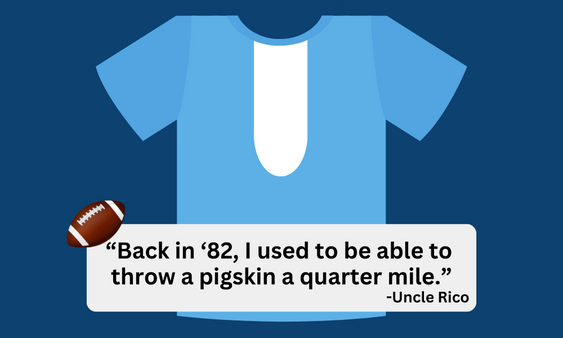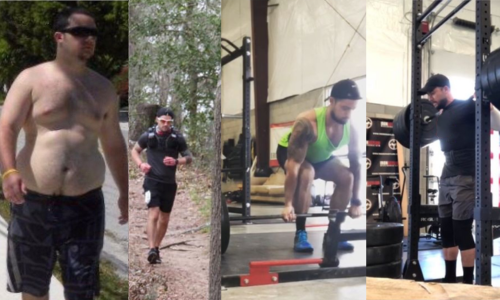Scale weights.
Measurements.
Bodyfat percentage.
Lean muscle mass.
Clothing fit.
Compliments from coworkers.
Praise from family members.
There are quite a few different metrics that we can look at to define progress, or success, and they come in many different mediums.
Perhaps the most often overlooked, yet most telling yardstick to measure just how far you’ve come? What you do when a curveball comes your way. Your default. I say this to my clients all the time for good reason.
That which you fall back on, when schedules change or your plans are thrown out the window, will tell you all you need to know.
When you’ve got your day all planned out and pretty in MyFitnessPal, but your boss asks you to stay late to tie up a project, what do you do?
When your kids’ tournament runs long on Saturday afternoon and you’ve eaten everything in your cooler, what do you do?
When you get a late invite Friday night to go hang out with friends at the brewery, what do you do?
When you get some sad news and are left sitting stewing on your feelings, what do you do?
When a global pandemic strikes and life as we know it is temporarily paused, what do you reach for?
What’s important to recognize and remind yourself when looking at some of these examples, is that few humans are going to remain picture perfect even when having to roll with the punches and pivot a bit.
But can you say what you fall back on now is better than that which you used to do? Are your new ways far better than your old ways? Has your autopilot received a few firmware updates vs where it was a few years back?
There’s a quote shared often, sometimes attributed to a Navy SEAL when asked why they train at such a high level, so often. His reply was “Under pressure we don’t rise to the occasion, we fall to the level of our training”. Now tracking our intake and being a Navy SEAL are two very different things, but the thought process there definitely holds true for the food side of things.
Thinking along those lines, what have you been doing to better yourself and your approach to that which you’re working at?
Have you spent time tracking your intake, knowing you won’t ultimately have to do it forever, but that for now it’s “training” meant to get your default mindset, visual cues, and choices up a few levels? So that when the time comes where you DO have to fall back on those skills, they’ll keep in in a pretty solid place?
If you haven’t that’s okay, start soon if you really want to improve.
If you have been tracking, can you say that your default decision-making as far as food choices and amounts has improved since you’ve started? If so, keep it up, you’re doing great and tracking is serving it’s purpose. If not, are you playing an active participant and truly learning and internalizing what you’re doing? Work in that direction! Don’t use an app to track and simply log things without looking at what you’re doing, then move on, as if you’re watching from outside your body and going through the motions. For habit change to stick, it takes an active role, and good time and consistency with it all in place.
At some point, the food scale, the cups, the spoons, the apps, some or all of it will go out the window as life throws something your way. Aim to get what you fall back on steady looking better with each new day.
When I have a client check in and let me know they had an off day, but it went much better than it would’ve in the past because they were able to adapt, call on the skills they’ve developed, and find a good backup plan, I’m quick to remind them that numbers or metrics aside, the fact that it went better than the old days, is a huge sign of progress. And little by little getting that better over time, THAT is what it’s all about.













